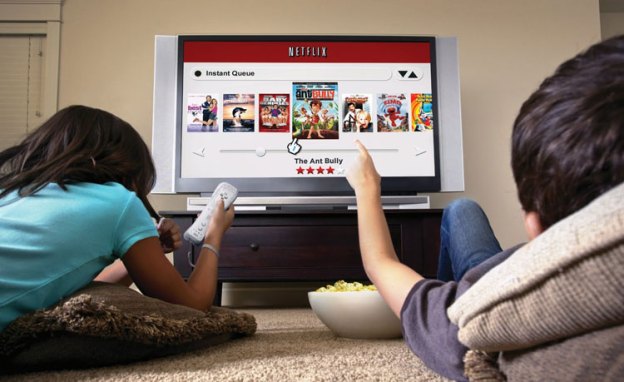
According to Sandvine’s Fall 2011 Global Internet Phenomena Report, Netflix now makes up 32.7 percent of all Internet traffic in North America and has become the most powerful driver of traffic during the evening. This report analyzes approximately 200 Internet service providers in 80 different countries. Across all countries, real-time entertainment applications make up 60 percent of peak downstream traffic, an increase from 50 percent in 2010. Hardware in the entertainment traffic category include smartphones, tablets, set-top boxes, game consoles like the Xbox 360 and smart televisions. Entertainment hardware dominates the laptop and desktop PC category which only makes up about 45 percent of all Internet traffic.

Netflix subscribers are watching real-time entertainment on multiple screens over the same network as well. Data usage rises based on the size of the screen. For instance, people watching on a 55″ HDTV are more likely to opt for a higher quality video stream with similar quality on the multi-channel audio stream. The report also raises the possibility that Netflix traffic has peaked as of Fall 2011 due to the recent developments with Netflix’s loss of 800,000 subscribers. Assuming the subscriber base continues to fall over the fourth quarter, Netflix will be forced to rely on supplying streaming content to emerging foreign markets to continue the growth of Netflix’s dominance of Internet traffic.


